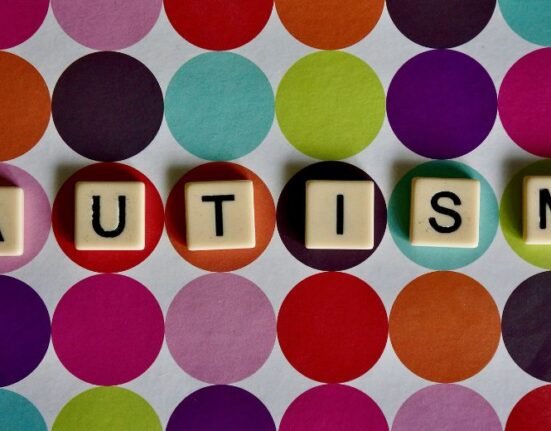HQ Team
May 4, 2023: A surge in diagnosis of eight-year-old children has led to an increase in autism cases in the US, even as inequalities in the tests of the disorder persist, according to a report.
Researchers at the Autism and Developmental Disabilities Monitoring (ADDM) Network, a multi-state autism prevalence-tracking project run by the US Centers for Disease Control and Prevention (CDC), combed through data to check whether there was an “epidemic of diagnosis.”
Matthew Maenner, Ph.D., chief of the Child Development and Disability Branch of the CDC’s National Center on Birth Defects and Developmental Disabilities, and his team researched 11 surveillance sites.
In these sites located in the US, they looked for an autism diagnosis, an autism, special education classification, or an autism spectrum disorder International Classification of Disease Code.
Two decades after the government’s Children’s Health Act of 2000 was implemented, the CDC’s biennial reports have revealed a steady uptick in autism prevalence among 8-year-old children, from an estimated one in 150 children in the year 2000 to one in 44 in 2018.
One in 36 kids
By 2020, an estimated one in 36 children were identified with autism spectrum disorder, according to a report published in March.
“No one knew what to do to help,” Maenner told JAMA, the Journal of the American Medical Association, a peer-reviewed medical journal.
Parents were desperate to find ways to support their children, turning to unproven diets or pricey speech-generation devices.
Why has an autism prevalence increased so dramatically over time?
Maenner said the evidence points to more awareness, improved identification, and a better understanding of how autism manifests in people.
Autism surge
What looked like an autism surge is attributable largely to external advances in the ability to understand and characterize the condition, Maenner said.
Although researchers can’t rule out that more children today than in the past develop signs of autism, there’s currently no good evidence to support this.
Maenner said evidence for an “epidemic of diagnosis,” on the other hand, was plentiful.
Sarabeth Broder-Fingert, MD, a member of the American Academy of Pediatrics (AAP) autism subcommittee, said there was a shift in awareness and acceptance which underlies the ongoing increase in autism prevalence.
“[W]e are doing a better job identifying kids early,” Kristin Sohl, MD, a professor of clinical child health at the University of Missouri, told JAMA in an interview.
Telementoring
Sohl founded and led a project using telementoring to increase access to early diagnosis in local communities, ideally by 24 months. Autistic children are now more likely to be identified by 48 months, according to CDC data.
Progress in recognizing autism was not uniform. And although disparities in who gets diagnosed have narrowed over the years, these improvements don’t necessarily translate to better access to services for all autistic kids.
In the ADDM Network’s early years, a greater percentage of White children were identified as autistic than being those of other racial and ethnic groups. That gap has narrowed as clinicians have identified more autistic Asian or Pacific Islander, Black, and Hispanic children.
In 2020, the autism prevalence increased for all of these groups. For the first time, the prevalence among Asian or Pacific Islander, Black, and Hispanic children was higher than among White children.
In addition, higher autism prevalence was associated with lower socioeconomic status—the reverse of what the researchers found in earlier reports.
As in previous reports, Black autistic children were more likely to have a co-occurring intellectual disability than autistic children from other ethnic or racial groups in 2020.
Black children
“This suggests that Black children with less pronounced traits may be slipping through the cracks,” University of Missouri’s Sohl said. And even after an autism diagnosis, research has shown that there are still significant racial and ethnic disparities in access to resources.
“Clinicians are getting better at spotting what was always there,” researchers wrote in their report.
The value of having an autism diagnosis has changed over time.
“It used to be that if you had an autistic child, you would try and get a different diagnosis for that child because there were no services for autistic children,” David Mandell, ScD, a professor of psychiatry at the University of Pennsylvania, told JAMA.
Private insurers
It was not until the early 2000s that the US states started requiring private health insurers to cover autism services, such as behavioural interventions.
Because a diagnosis can unlock several supports for children and their families, “parents might go for specific autism testing now in a way that they never did before,” said Mandell, whose research focuses on delivering services to those with autism.
The bottom line is that many more children are identified as autistic today than in the past. The CDC data “underscore an incredible need and likely demand for services across their lifetimes,” he said.








